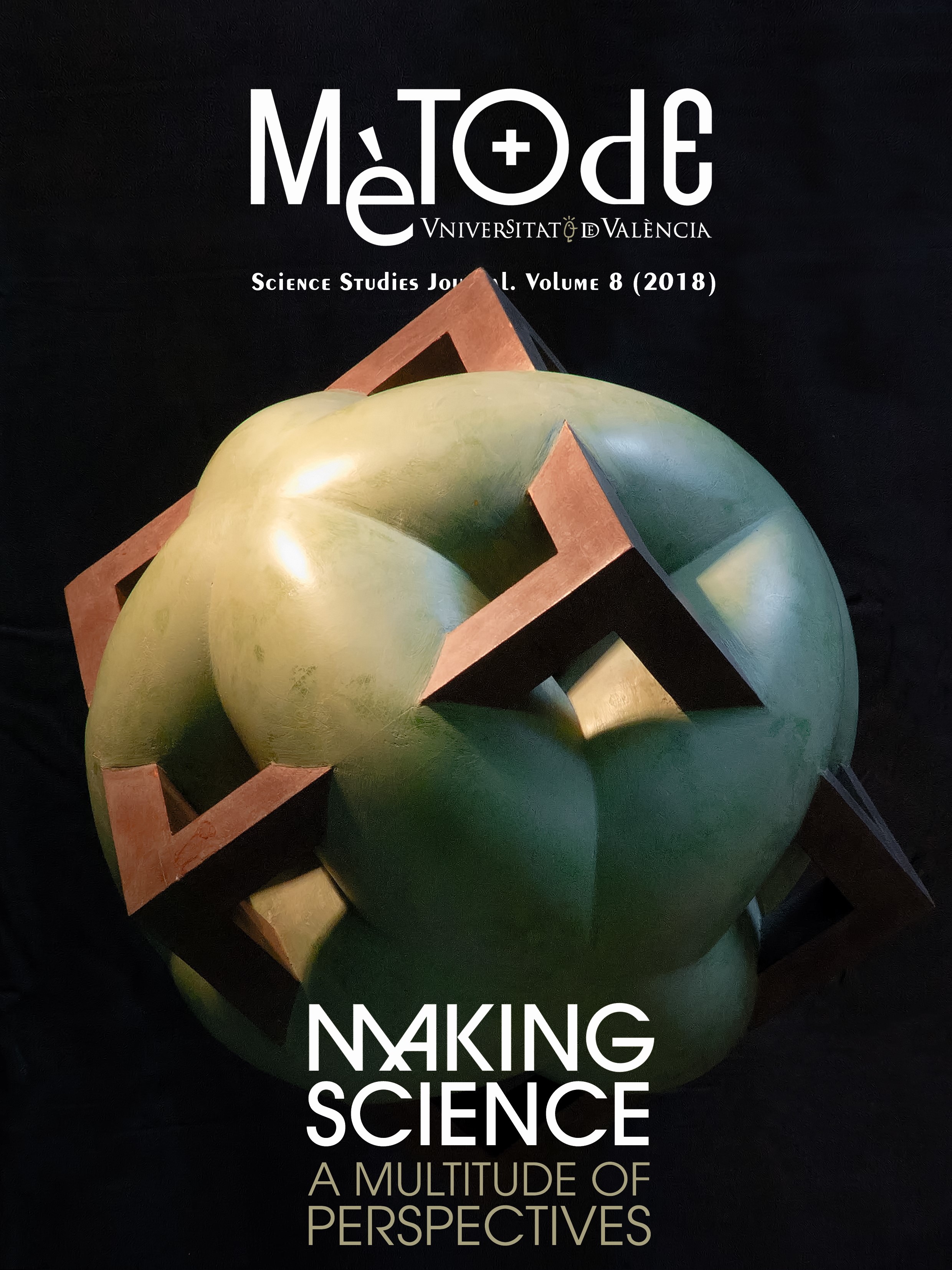A brief history of palaeogenomics: How a young discipline revolutionised the study of the past
DOI:
https://doi.org/10.7203/metode.8.9226Keywords:
human evolution, Neanderthals, genomics, prehistory Abstract
Abstract
In only a few short years, the ancient DNA field has transformed from an anecdotal and artisanal discipline into one of the most dynamic current scientific fields, generating massive genomic data from hundreds of past individuals. These include extinct hominins such as Neanderthals and Denisovans and prehistoric humans, and have provided information about the recent settlement of the continents. The field of palaeogenomics gives direct space and time information about the adaptive and demographic aspects of human populations and reveals complex patterns of past migrations that can help us to understand our current diversity. The development of this discipline is a unique opportunity to establish partnerships with archaeologists and anthropologists and to build up a multidisciplinary approach to the study of the past.
 Downloads
Downloads
 References
References
Cooper, A., Lalueza-Fox, C., Anderson, S., Rambaut, A., Austin, J., & Ward, R. (2001). Complete mitochondrial genome sequences of two extinct moas clarify ratite evolution. Nature, 409, 704–707. doi: 10.1038/35055536
Cooper, A., & Poinar, H. N. (2000). Ancient DNA: Do it right or not at all. Science, 289, 1139. doi: 10.1126/science.289.5482.1139b
Fu, Q., Posth, C., Hajdinjak, M., Petr, M., Mallick, S., Fernandes, D., ... Reich, D. (2016). The genetic history of Ice Age Europe. Nature, 534, 200–205. doi: 10.1038/nature17993
Green, R. E., Krause, J., Briggs, A. W., Maricic, T., Stenzel, U., Kircher, M., ... Pääbo, S. (2010). A draft sequence of the Neandertal genome. Science, 328, 710–722. doi: 10.1126/science.1188021
Haak, W., Lazaridis, I., Patterson, N., Rohland, N., Mallick, S., Llamas, B., ... Reich, D. (2015). Massive migration from the steppe was a source for Indo-European languages in Europe. Nature, 522, 207–211. doi: 10.1038/nature14317
Higuchi, R., Bowman, B., Freiberger, M., Ryder, O. A., & Wilson, A. C. (1984). DNA sequences from the quagga, an extinct member of the horse family. Nature, 312, 282–284. doi: 10.1038/312282a0
Hofreiter, M., Serre, D., Poinar, H. N., Kuch, M., & Pääbo, S. (2001). Ancient DNA. Nature Reviews Genetics, 2, 353–359. doi: 10.1038/35072071
Krings, M., Stone, A., Schmitz, R. W., Krainitzki, H., Stoneking, M., & Pääbo, S. (1997). Neandertal DNA sequences and the origin of modern humans. Cell, 90, 19–30. doi: 10.1016/S0092-8674(00)80310-4
Lalueza-Fox, C., Römpler, H., Caramelli, D., Stäubert, C., Catalano, G., Hughes, D., ... Hofreiter, M. (2007). A melanocortin 1 receptor allele suggests varying pigmentation among Neanderthals. Science, 318, 1453–1455. doi: 10.1126/science.1147417
Lazaridis, I., Patterson, N., Mittnik, A., Renaud, G., Mallick, S., Kirsanow, K., ... Krause, J. (2014). Ancient human genomes suggest three ancestral populations for present-day Europeans. Nature, 513, 409–413. doi: 10.1038/nature13673
Meyer, M., Arsuaga, J. L., De Filippo, C., Nagel, S., Aximu-Petri, A., Nickel, B., ... Pääbo, S. (2016). Nuclear DNA sequences from the Middle Pleistocene Sima de los Huesos hominins. Nature, 531, 504–507. doi: 10.1038/nature17405
Meyer, M., Fu, Q., Aximu-Petri, A., Glocke, I., Nickel, B., Arsuaga, J. L., ... Pääbo, S. (2014). A mitochondrial genome sequence of a hominin from Sima de los Huesos. Nature, 505, 403–406. doi: 10.1038/nature12788
Olalde, I., Allentoft, M. E., Sánchez-Quinto, F., Santpere, G., Chiang, C. W. K., DeGiorgio, M., ... Lalueza-Fox, C. (2014). Derived immune and ancestral pigmentation alleles in a 7,000-year-old Mesolithic European. Nature, 507, 225–228. doi: 10.1038/nature12960
Pääbo, S. (1985). Molecular cloning of Ancient Egyptian mummy DNA. Nature, 314, 644–645. doi: 10.1038/314644a0
Rasmussen, M., Li, Y., Lindgreen, S., Pedersen, J. S., Albrechtsen, A., Moltke, I., ... Willerslev, E. (2010). Ancient human genome sequence of an extinct Palaeo-Eskimo. Nature, 463, 757–762. doi: 10.1038/nature08835
Reich, D., Green, R. E., Kircher, M., Krause, J., Patterson, N., Durand, E. Y., ... Pääbo, S. (2010). Genetic history of an archaic hominin group from Denisova Cave in Siberia. Nature, 468, 1053–1060. doi: 10.1038/nature09710
Downloads
Published
How to Cite
-
Abstract1992
-
PDF660
-
(Español)8
Issue
Section
License
![]()
All the documents in the OJS platform are open access and property of their respective authors.
Authors publishing in the journal agree to the following terms:
- Authors keep the rights and guarantee Metode Science Studies Journal the right to be the first publication of the document, licensed under a Creative Commons Attribution-NonCommercial-NoDerivatives 4.0 International License that allows others to share the work with an acknowledgement of authorship and publication in the journal.
- Authors are allowed and encouraged to spread their work through electronic means using personal or institutional websites (institutional open archives, personal websites or professional and academic networks profiles) once the text has been published.





